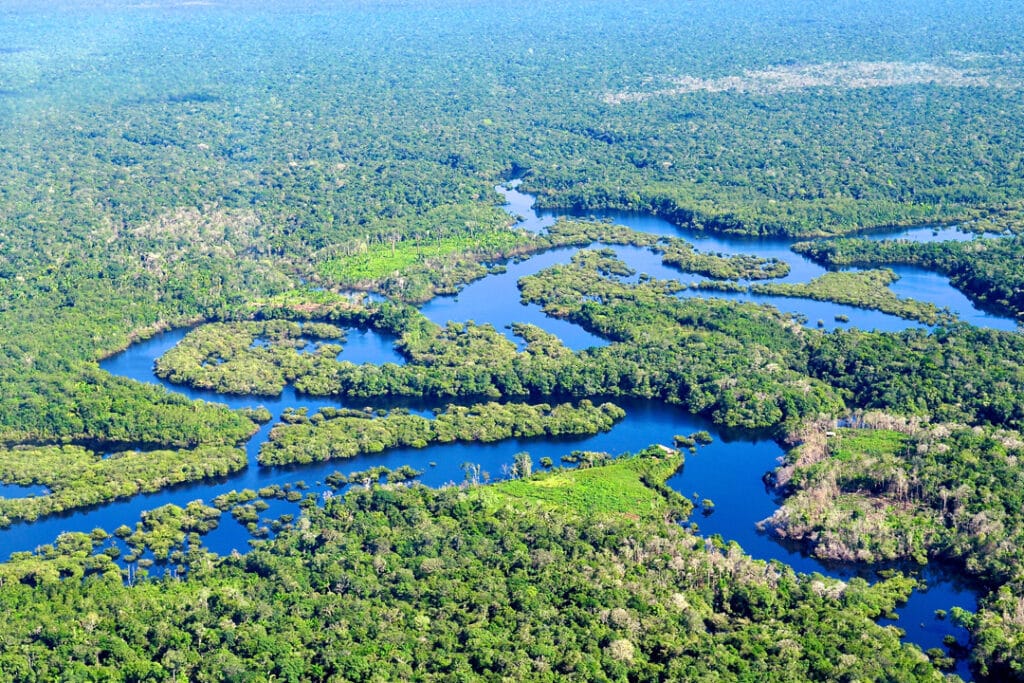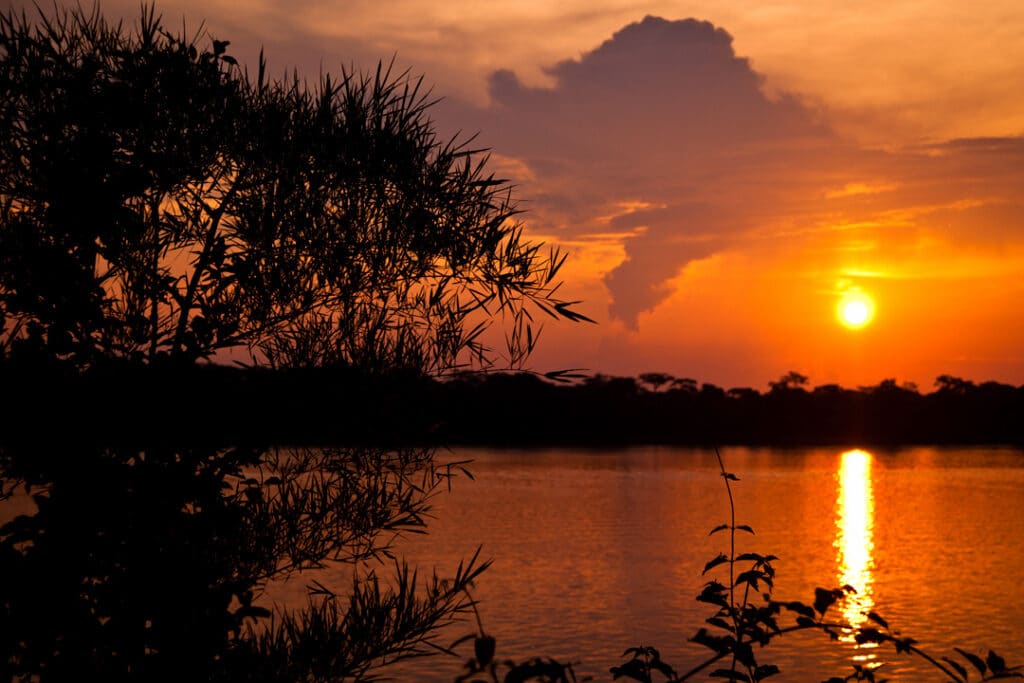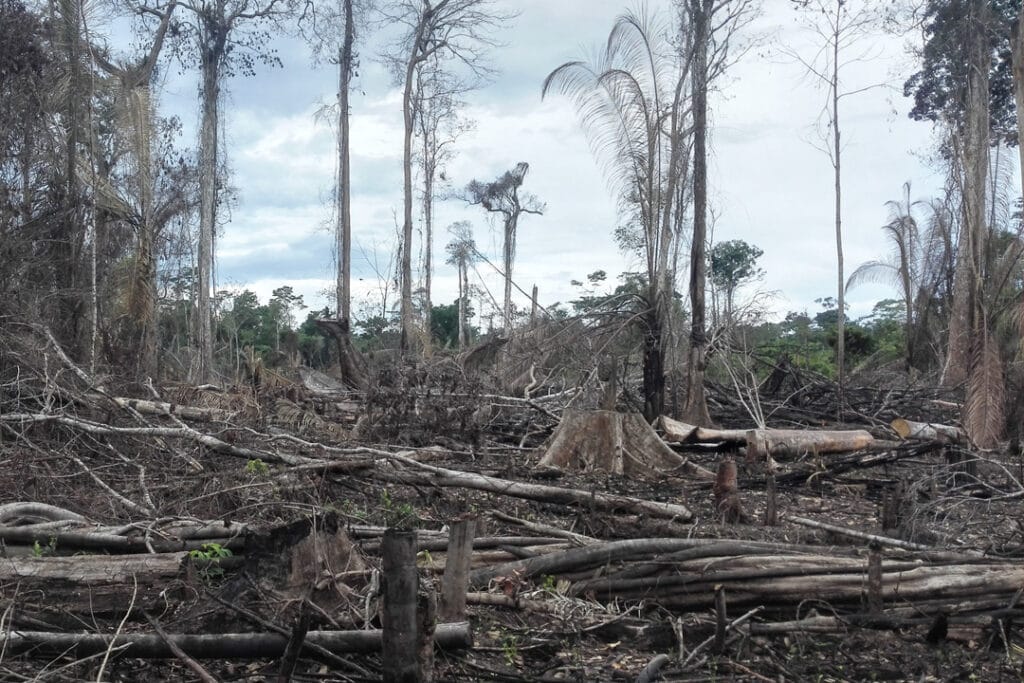
While Alexa goes to Antarctica, Jeff heads to the Amazon to search for the Heart Star shards and discovers the Wakeekoos world. Below is some information about Earth’s most amazing rainforest.
The Amazon rainforest is the Earth’s largest rainforest covering 2.1 million square miles of the Amazon basins 2.7 million square miles. It’s estimated to contain 390 billion trees comprising 16,000 species.
Like many places on Earth, the Amazon owes its existence to tectonic plate activity. During the Eocene era (56 mya – 34 mya), the Atlantic Ocean widened, allowing a moist warm climate to enter the Amazon basin.
Due to global trade winds, the Amazon rainforest is fertilized by dust from the Bodélé depression in the Saraha desert. NASA’s CALIPSO satellite estimated that 180 million tons of dust are blown out of the Saraha every year. Of this total, 28 million tons fall over the Amazon, with 22 million of it being phosphorous. This creates an essential ecosystem because the phosphorous supplied by the Sahara replaces the phosphorous washed away by rains and floods, keeping Amazon’s soil healthy for plant growth.
Wet tropical forests are the most species-rich biomes on Earth, and the Amazon is no different. Here are some quick stats:
- One in ten known species lives in the Amazon.
- One in five bird species calls the Amazon home.
- One in five fish species lives in Amazon rivers and streams.
- The Amazon boasts the highest biodiversity of plant species on Earth, with over 400,000 plants identified and more being discovered every day.
But this fantastic world needs our help. Deforestation (conversion of forested areas into non-forested areas) has accelerated. As of 2018, it’s estimated that 17% of the Amazon rain forest has been destroyed. The primary cause is agriculture and ranching, but this is likely a losing proposition. Amazon soils are productive for just a few years, so farms constantly move to more fertile land, increasing deforestation. This leads to a second problem. Recent research shows that decreasing the rainforest reduces precipitation, which lowers the yield per acre.
Earth needs the Amazon rainforest.
If you would like to learn more, here are some organizations committed to protecting this magnificent world:
Amazon Conservation
The Amazon Conservation Team
Amazon Watch
One Tree Planted
Rainforest Action Network
Rainforest Trust



